Proper Use of Self-Retracting Lifelines

It is an OSHA requirement (and thus law) to inspect all fall protection products that have just been delivered to your jobsite. The same products must be inspected prior to each and every use in addition to at least once per year by a competent person.
When a product has been placed on the jobsite for use, OSHA will assume that it has been approved by the customer with no damage or malfunctioning parts. If any Malta Dynamics product shows damage during the initial inspection process, it falls under our 100% lifetime warranty. Obviously, Malta Dynamics cannot accept liability for defects that are the result of product abuse, misuse, alteration or modification, or for defects that are due to a failure to install, maintain, or use the product in accordance with the manufacturer’s instructions.
To get the most life out of your self-retracting lifeline, avoid these common mistakes:
- Force indicator has been tripped. If the force indicator has been tripped, it means that significant impact forces have been deployed on the self-retracting lifeline or the snaphook. While these forces are considerable, it does not necessarily mean a fall has occurred. It simply alerts the user that significant forces have been applied to the SRL.The force indicator may become weakened if the snap hook is repeatedly subjected to lesser forces. An example of the lesser forces that can trip or damage the force indicator is grabbing of the snaphook for the pre-use strike test. One of the most important practices is to strike test the SRL using the handle and not the snaphook. The handle (located above the snaphook) is designed to provide a way to grab and maneuver the SRL during use. Using the handle places all the pressure and force above the fall indicator and will prevent the indicator from being triggered.Another very common cause of the indicator being tripped is when someone takes a minor fall that they don’t even consider a fall. An example is if someone jumps down from a scaffold onto the ground. To them, if feels like a very light tug on the back because they didn’t fall any distance. It however, puts stress on the force indicator and weakens it. Continued jumps eventually make it fail.
- Cable stuck in housing and will no longer retract. There are three common reasons for cable being stuck in an SRL or the cable no longer retracting properly.
- The first is called bird-caging or backlashing (like a fishing reel). To avoid backlashing be sure the lifeline retracts back into the housing at a reasonable pace. When the cable is allowed to “run” back into the housing freely or uncontrolled, it has the potential to backlash – just like a fishing line. The sudden stop at the end can also damage the force indicator. All Malta Dynamics Self-Retracting Lifelines over 11’ come with a free tagline. This tagline is to be used to control the pace of the cable lifeline retracting back up into the housing.
- A second common culprit of cable retraction problems is storing the SRL with the cable pulled out for long periods of time. We have all seen it: an over-head SRL with the cable brought down to ground level and hooked to a ladder rung or another point. Although this may seem efficient, it exposes the cable to the elements for long periods of time. Additionally, this weakens the retraction spring and thus the cable does not retract properly. Always use the provided tagline to slowly raise the cable back into the housing of the SRL.
- A third reason is debris (concrete, grout, dirt) was left on the cable (or webbing) and it has jammed the cable, compromised the spool, or broken the mechanism inside the housing. To avoid debris issues, self-retracting lifelines are required to be maintained properly per manufacturer’s instructions, keeping them clean or cleaning them when they are dirty, and keeping them out of the elements.
- Cable is kinked or frayed. Kinking and fraying of cable only occurs when the lifeline has come into contact with something that it should not. To avoid this, do not expose the product to harmful chemicals, impact to hard surfaces or rubbing against abrasive materials. Do not use an SRL on the ground or deck. Read the directions as most SRLs are designed to be used overhead and not a foot level. Only special SRLs that are specifically designed for leading edge are to be used at foot level. Using SRLs at foot level increases the likelihood of contact and debris being brought up into the housing.
If you follow these tips and perform regular inspections, you will keep your SRL healthy for years of use.









